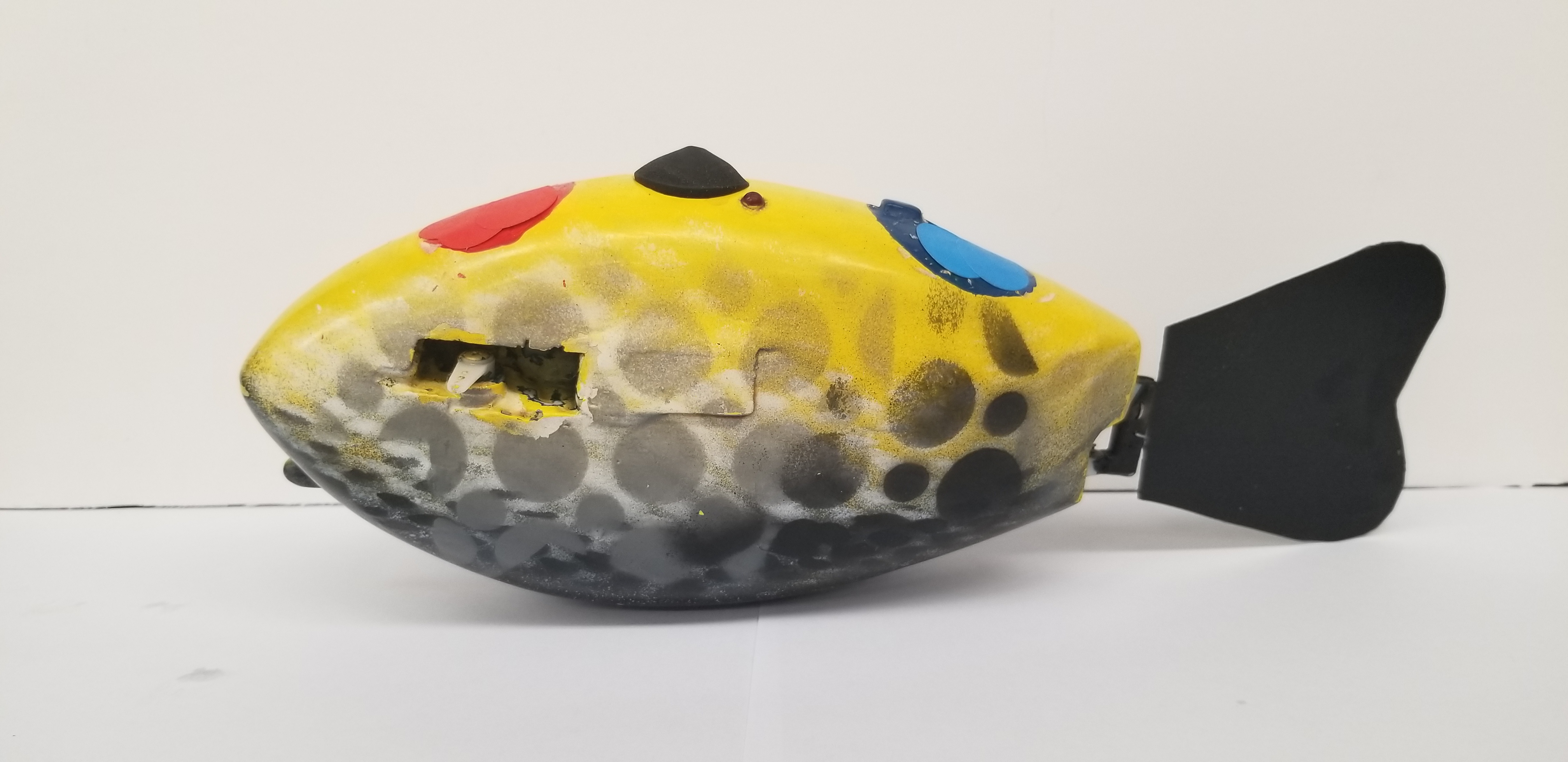Data-Driven Control of Robotic Fish
This project focuses on automating exploration for underwater vehicles that operate in highly uncertain environments, including both environmental uncertainty and internal dynamic uncertainty. Environmental uncertainty can arise because the world may not be easy to model and agents in the world may behave in unexpected ways. Internal uncertainty can arise because the mechanics of motion are uncertain, for instance due to unknown and unknowable fluid mechanics. The work involves developing online algorithms for underwater vehicles in Xiaobo Tan's group at Michigan State University, a collaborator on this project.
Prediction Accuracy Bounds of Data-Driven Models
I designed a methodology for data-driven embedding of nonlinear systems that bounds the model error in terms of the prediction horizon and the magnitude of the derivatives of the system states. Using higher-order derivatives of general nonlinear dynamics that need not be known, I derive an error formula that can predict the worst-case accuracy of a data-driven model that uses derivative-based classifiers/features. By doing so, the error formula can be used to choose the appropriate order of derivatives in the training features. In fact, the error bound can be computed both with (model-based) and without (data-driven) knowledge of the system dynamics.


The above plots are used for illustrative pursposs and show the computed error bounds and actual error over the prediction horizon for the pendulum system states. "Data bound" is the error bound computed in a model-free way, without any knowledge of the system; "Model bound" is model-based and uses the analytical dynamics equations to compute the maximum possible derivatives of the system (and is inevitably conversative); "Actual error" is the deviation induced by the data-driven model over hundreds of different initializations. The two right plots correspond to the model that uses classifiers with one additional order of derivatives as features. Note that the error bound that is completely data-driven predicts the actual accuracy of the model very closely.
Experiments with Robotic Fish
In collaboration with Xiaobo Tan's group at Michigan State University, I implemented the data-driven algorithm on their tail-actuated robotic fish. We tested both an offline- and an online- (updated in real time) trained model and outperformed alternative well-tuned controllers in the presence of strong fluid disturbance generated by a propeller (shown in the video below).


Selected Publications
Control-Oriented Modeling of Soft Robotic Swimmer with Koopman Operators
M. Castano, A. Hess, G. Mamakoukas, T. Gao, T. D. Murphey, and X. Tan
International Conference on Advanced Intelligent Mechatronics, Accepted, 2020.
Online Data-Driven Control of Robotic Systems Using Derivative-Based Koopman Operators
G. Mamakoukas, M. Castano, X. Tan, and T. D. Murphey
Transactions on Robotics (TRO) , Submitted, 2019.
Local Koopman operators for data-driven control of robotic systems
G. Mamakoukas, M. Castano, X. Tan, and T. D. Murphey
Robotics: Science and Systems (RSS) Proceedings, 2019. PDF
Funding
This project is funded by the National Science Foundation–Information and Intelligent Systems: Information-driven Autonomous Exploration in Uncertain Underwater Environments.